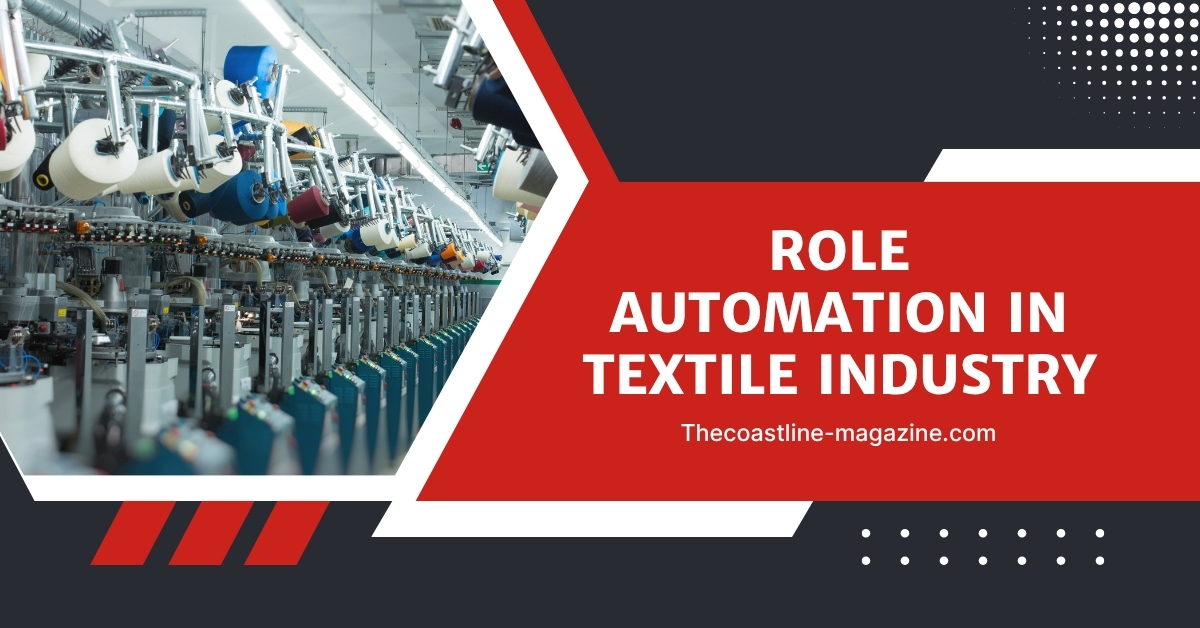The textile sector has witnessed revolutionary changes in the last couple of decades, with automation playing the role of one of the most forceful changemakers. Right from the production of yarn to finishing garments, sophisticated machineries and smart systems are transforming the way clothing is made. Not only does automation enhance productivity but also produces better-quality products, saves on labor, and helps utilize resources more effectively.
Introduction to Automation in Manufacturing
Manufacturing automation is the application of control systems, machinery, and information technologies to direct industrial processes with minimal human involvement. Within the textile industry, automation ranges from robotic arms and computerized looms to AI-based fabric inspection systems and automated dyeing units.
These technologies make it possible for businesses to achieve a high degree of precision and consistency, and cut waste and human mistakes. Factories can therefore produce more without compromising on quality.
Enhanced Efficiency and Speed of Production
One of the major advantages of automation in the textiles sector is increased efficiency. Conventional textile manufacturing comprises many hands-on activities that take time and experience. With automation, activities like spinning, weaving, and stitching are accomplished much quicker.
Automated machines work around the clock without fatigue, leading to higher daily output. This increase in production capacity helps manufacturers meet growing demand and reduce lead times, especially in fast fashion and export-driven operations.
Quality Control and Consistency
Quality consistency is important in textile production. Automation ensures this through the deployment of sensors, cameras, and software to track every process in the production line. They identify defects, color discrepancies, and imperfections in real-time for correctives to be addressed immediately.
By eliminating the variability that results from human involvement, automation guarantees that every batch of clothing or textile is equal in quality. Such consistency helps in establishing trust among global customers and retail allies.
Reducing Labor Costs and Enhancing Workplace Safety
Labor is a major cost for any textile company. Mechanized systems minimize labor involvement in repetitive or hazardous operations. Not only does this save labor expenses, but it also enhances safety in the workplace.
Heavy lifting, chemical exposure, and high-speed processes can be undertaken by machines, minimizing the risk of injury. Workers can subsequently be trained for more valuable functions, such as machine monitoring, quality control, or data analysis.
Energy and Resource Optimization
State-of-the-art automated systems are energy efficient. Smart sensor-equipped machines can optimize performance according to workload, minimizing standby power consumption. Automated finishing and dyeing operations reduce chemical and water usage.
These advances help the industry transition towards sustainability through waste minimization and resource conservation. In global markets where competition is fierce, environmentally friendly operations can enhance a brand’s reputation and appeal to customers who care about the environment.
The use of automation in textile manufacturing is increasing with companies adopting digitalization. Companies remain competitive by learning from practical examples, professional case studies, and websites such as Linkhouse, which deliver information and contacts leading to industrial development.
Data-Driven Decision Making
Automation doesn’t equate to speedier machines—it also means improved data. Sensors and software gather useful information at every step of manufacturing. This information enables managers to make smart decisions regarding inventory, machine operation, and order planning.
Through observing patterns and pinpointing inefficiencies, textile producers can refine their processes on a continual basis. Predictive maintenance and real-time monitoring also decrease downtime and maintenance expenses.
Adjusting to Market Needs
Consumer behavior is evolving at a fast pace. With automation, factories can easily switch between product lines and tune production according to market needs. From a new fashion fabric print, color shade, or type of garment, automated processes facilitate quicker adaptation with minimal setup time.
This is particularly beneficial for businesses that wish to introduce customized or limited-edition products without having to raise production costs.
Final Thoughts
Automation in textile industry plays a crucial role to achieve speed, accuracy, sustainability, and competitiveness worldwide. With the progress of the industry, automation will be more easily accessible to both large and small-scale manufacturers. Smart technology adoption today lays a foundation for a stronger and more efficient textile operation in the future.

